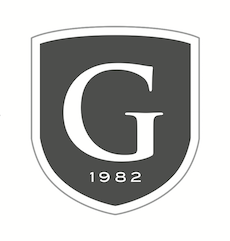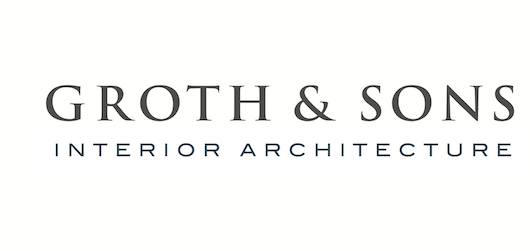The rise of digital reading devices has not taken away from the allure of books. Avid readers continue to collect the works of favourite authors and display these special tomes in their houses. Home libraries, once limited to luxury homes and those belonging to career academics; have been integrated in so many creative ways in modern homes. More importantly, the home library is no longer just a roomful of books or an imposing wall of book collections. Well-designed reading nooks have turned drab corners into intimate living spaces where homeowners can relax or even entertain family and friends. Today’s professionally rendered home library has turned into a focal point rather than an afterthought.
Home Library Basics
A bookshelf may look like other shelves, but the truth is, it requires a little more heft and stability. Given that books come in different shapes, sizes and weights, shelves should bear the constant pressure placed on them without bowing or bending. The shelf system itself should allow for rearrangement to accommodate different sizes and shapes. The system should also include secure cabinets for specialty collections. Even with these requirements, built in bookshelves need not look utilitarian. With careful planning, the design of the home library can complement the home’s overall aesthetic, creating an area that is both appealing and functional.
Design and Construction of a Home Library
When envisioning a home library, the priority considerations are lighting, storage capacity and environment.
Lighting – Sufficient illumination makes reading a pleasurable activity. Whether the light is from natural sources for daytime reading or from strategically positioned electrical lighting, there should be enough illumination to allow convenient browsing of titles and reading for long periods without causing eyestrain. Light should also be utilized to showcase the collection of books and artwork without sacrificing function. Lighting fixtures that complement the library’s design theme add to the appeal of this private area in modern houses.
Storage Capacity – Book collections tend to expand over time. Anticipate the need for more storage cabinets and display shelves by building extra capacity at the outset or earmarking possible expansion areas. The choice of where the home library will be located in a home may be affected by available space that can be converted into usable bookshelves and cabinets.
Environment – Paper-based materials such as books and artwork require certain levels of humidity and temperature to minimize deterioration from environmental factors. Moisture can be especially damaging to books, causing warping, water stains and mould growth. Privacy and security of the home library will have an impact on design and choice of location. The library need not be a place of solitude, but it should have enough privacy features to allow reading in peace.

How to Build the Home Library of Your Dreams
Clearly, the home library is not just any room in the house. It requires in-depth planning to ensure optimum use of available space while ensuring that the design is both functional and creative, whilst also representative of the homeowners preferences. To achieve this dream, consider the services of a cabinetmaker with the training and experience in interior design. Amos Groth, the creative mind behind Groth & Sons, has built a sterling reputation as an artisan specializing in bespoke cabinetry.
Groth looks at the overall picture when clients present their vision for a home library. In managing the entire project, Groth and his team attend to all the small details just as much as they do with the big details to build the ideal home library. A multi-discipline contractor such as Groth & Sons would approach a home library project as a mission to create a fully functional living space that is beautiful, restful and in harmony with the rest of the house. The home library is a place that family would gravitate to for peace, quiet and some reading, but it should also be a space that homeowners can proudly point to as reflective of their personal tastes and life experiences.




